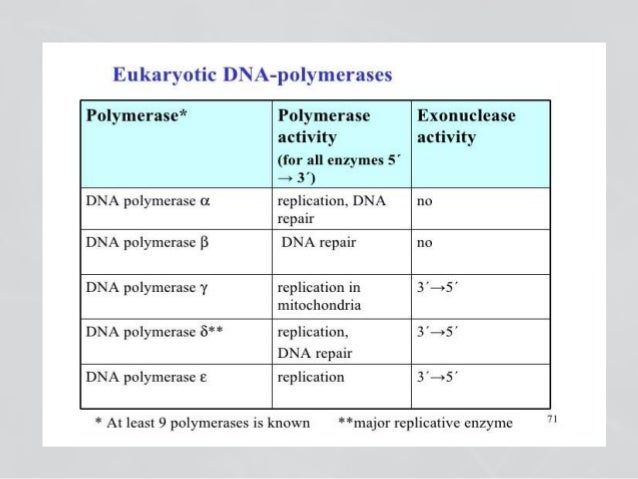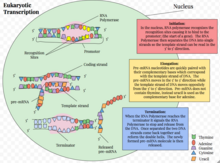
How does DNA get damaged? Of these, are directly employed in repairing the types of DNA damages illustrated in the chart. Some of the more well studied genes central to these repair processes are shown in the chart. One of the most crucial enzymes is DNA Primase.
After the DNA strands are separate to begin the creation of new molecules, through addition of complementary bases to the templates, a short RNA segment, called a ‘primer’ is required. Within each of your trillion cells, there is DNA. As you go through your day to day activities, normal metabolic activities and environmental factors (like UV light, pollution, etc.) cause damage your DNA. You can get as many as million bits of damage per cell per day (source). Some enzymes are like police, and called in for local assaults.
When included in a skin care product, photolyase has been shown to reduce UVB radiation-induced DNA damage markers by and to increase UV protection by 3 (NEOVA). Daniel Yarosh, author of The New Science of Perfect Skin, photolyase is delivered to the skin within an hour of application. See full list on futurederm.

As you age, your body’s natural production and preservation of growth factors slows dramatically. Growth factors are typically specialized. For instance, the growth factor vascular endothelial growth factor (VEGF) lays down fresh blood vessels, whereas the growth factor keratinocyte growth factor (KGF) stimulates skin care growth. While there are many different types of growth factors, they all essentially do more or less the same things, exfoliating the skin, reducing fine lines and wrinkles, and improving skin firmness.
In addition, according to one company that manufactures a growth factor-containing seru1. Skin looks significantly younger with regular use 2. Diminishes wrinkles and fine lines 3. Collagen, elastin, and other structural proteins. And what makes proteins form within the skin? What keeps your skin firm? Despite what other skin care brands may tell you, topically applying collagen to your skin does nothing but hydrate.
Yes, you can inject collagen into your skin for plumping. But topically applying? Nada, zip, zilch, nothing! Collagen is too large to penetrate the skin, and it cannot signal within the skin.
Instea putting amino acids into your skin causes it to form more proteins, especially if you have a deficiency in one of the nine essential amino acids. However, as study after study demonstrated significant anti-wrinkle, firming, and skin-clarifying effects of peptides, the industry couldn’t deny it much longer. Though it has never been definitively proven, I suspect that topically-applied peptides may have an effect because they may signal to other peptides within the skin. Here are three of my favorite peptides: 1. Matrixyl is actually a combination of palmitoyl tetrapeptide-and palmitoyl oligopeptide, which separatel. Peptides, like Matrixyl, Haloxyl, and Argireline.

The best products and skin care regimen I recommend are: 1. AQ Skin Solutions Active Serum(applied first) 3. Evans TC, Nichols NM. This unit focuses on enzymes involved in base excision repair (BER). Base excision repair (BER) DNA glycosylases.
Other BER and strand break joining factors. Poly (ADP-ribose) polymerase (PARP ) enzymes. Direct reversal of damage. Mismatch excision repair (MMR) Nucleotide excision repair (NER) TFIIH.

Repair of DNA-protein crosslinks. DNA TOTAL REPAIR addresses direct and indirect photodamage by repairing the signs of UV damage caused by oxidative stress. Hypoallergenic and dermatologist tested.
DNA Polymerase I: DNA polymerase I enzyme provides the major part of activity in E. Photolyase is one of these local assault DNA enzymes. Genetic and biochemical evidence has implicated many of the newly. For each type of DNA damage, the cell has evolved a specific method of repairing the damage or eliminating the damaging compound.
Enzymes cut the damaged region (thymine dimer plus neighboring regions of same strand) out of the bubble. A DNA polymerase replaces the excised (cut-out) DNA , and a ligase seals the backbone. In nucleotide excision repair , the damaged nucleotide (s) are removed along with a surrounding patch of DNA.
DNA replication and DNA repair.
No comments:
Post a Comment
Note: Only a member of this blog may post a comment.